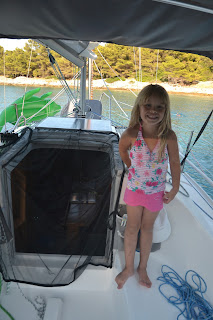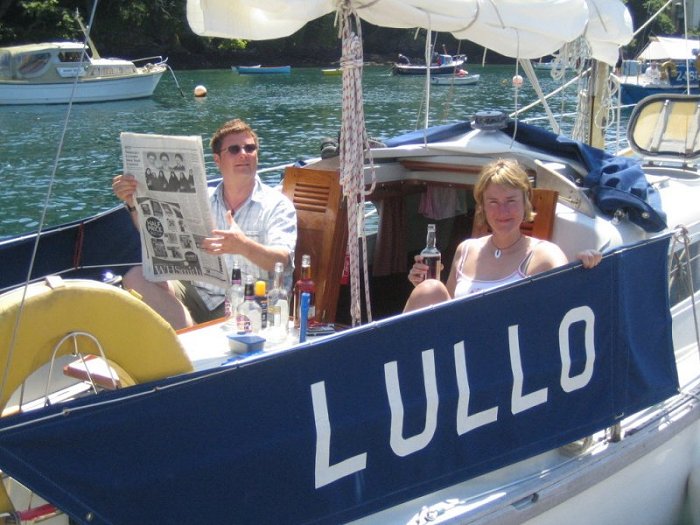My wife Verka always wanted the cabin window curtains to provide shade on sunny days or privacy at night. That sounds simple, but Phobos 21 has a a very difficult internal shape around the windows and the windows itself.
The first idea was to buy something already available on the market. However, nothing usable with reasonable price. The second idea was that Verka sewed the curtains and using the self-adhesive Velcro tapes around the window trim, it will be put on the windows.
That works until you realize, that self-adhesive Velcro tape is peeling from the walls leaving the nasty glue gunk behind.
I said, ok, that was cheap kind, so replaced with something more expensive. Bam, again after a few months in hot weather it started to peel again.
Oh well, using the heat gun it took a while to remove all the leftovers, but what next - screw the stainless steel snap buttons or expensive Tenax fasteners?
Nope, I've decided to use the KAM T5 12mm plastic snap buttons and pliers like found on the Aliexpress.com.
It's cheap, plastic does not rust, the holding force is less than SS ones, but still way more than needed for this purpose.
The last struggle was to find really small stainless steel self tapping screw. Then I found the best suitable screw is DIN7981C 2.2x6.5mm.
 |
| KAM T5 12mm button base and the tiny screws |
 |
| Drilling 1.5mm hole has been just enough. |
One note about drilling. Since I didn't have the optimal 1.8mm drill, I've used 1.5mm and then beveled the gelcoat to avoid chipping!
 |
| Port window |
 |
| Longer starboard window |
It's holding perfectly and easily removable without fear of tearing the soft fabric.
We have also special curtain for the companionway hatch doors, which is from the same fabric, but the top hem is sewn over the 6mm aluminum rod that goes into the grooves for the sliding hatch. Fast and easy.
 |
| Companionway hatch sun cover |
 |
| Companionway hatch bug screen |
The small port holes in the head and above the aft berth were not addressed, because they are opening inside and not really a problem.
For the front hatch above the V-berth, we have a special cover made from Sunbrella-like fabric with the rubber bend sewn inside the hem.
We are also planning, as the English sailors call it, the cockpit dodgers (lee cloths) for the colder sailing areas which could add also more warm and privacy.
 |
| Cockpit dodgers (lee cloth) |
Happy sailing!



























